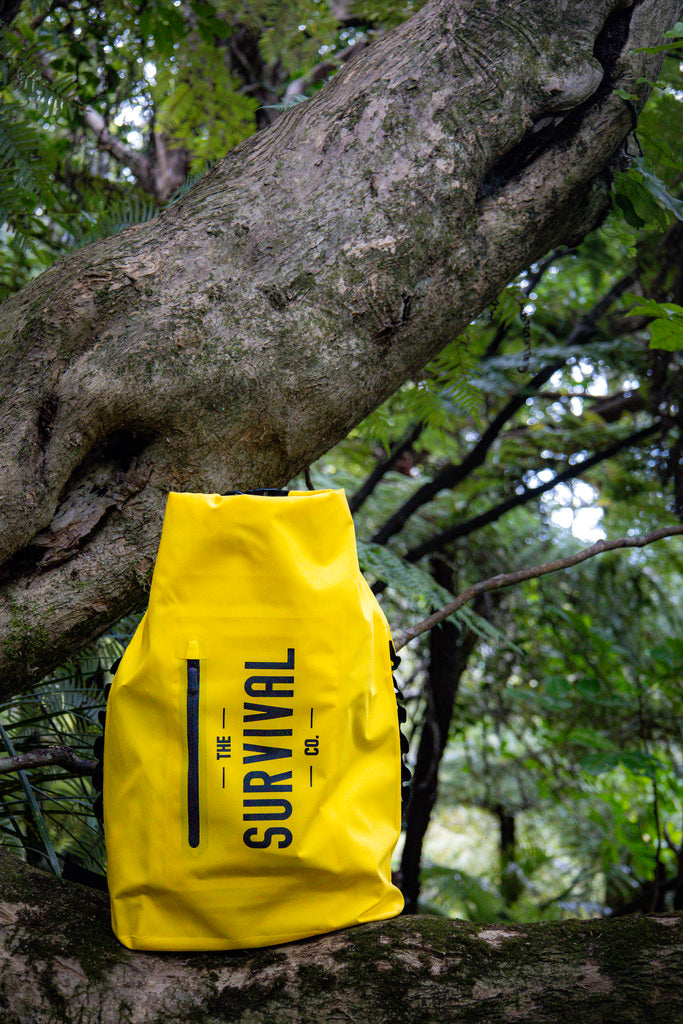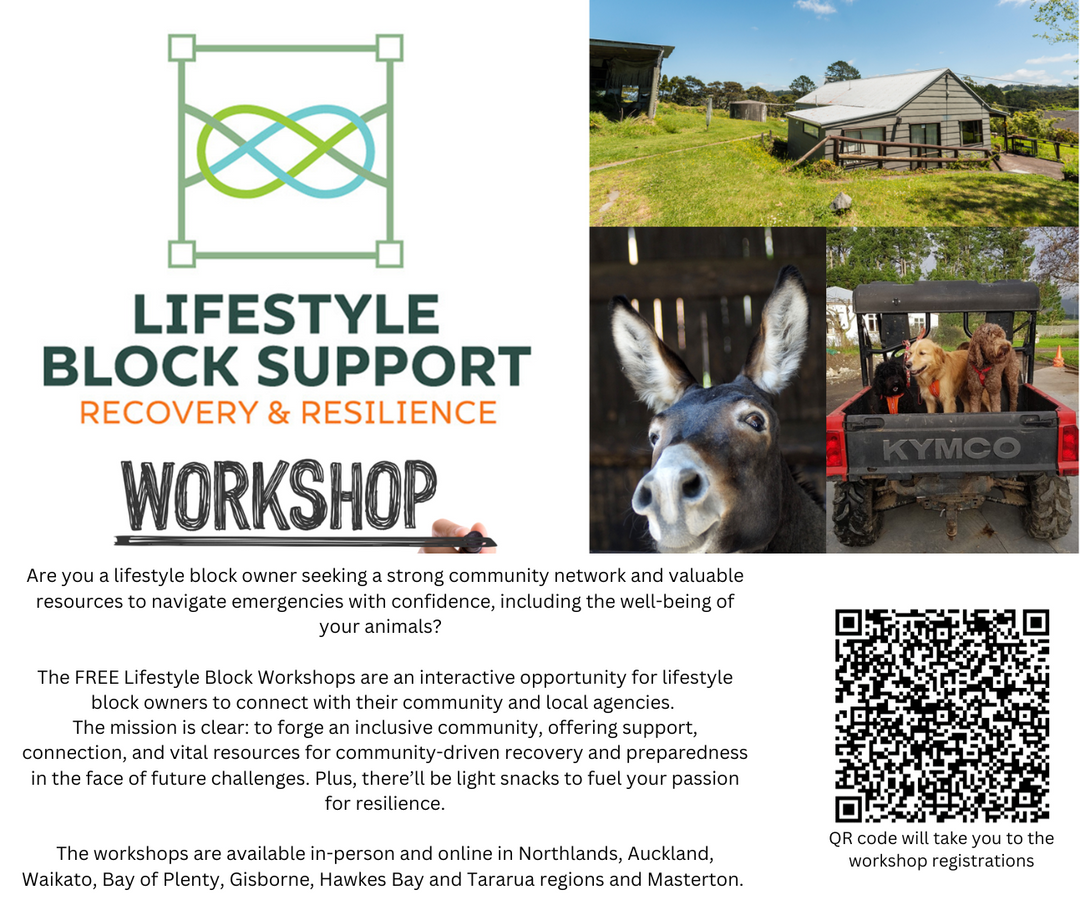Creating a Family Emergency Plan: Ensuring the Safety and Well-being of Your Loved Ones
As owners of The Survival Co. and a young family ourselves, we understand the importance of being prepared for any potential disasters that may strike. Creating a family emergency plan is crucial in safeguarding the well-being and security of your loved ones. Every family emergency plan will be different because of where we live, who we live with, and who might also need your help. By following a few simple steps, you can establish an effective plan that will help your family navigate through emergencies with confidence and resilience.
Step 1: Identify Potential Disasters
The first step in creating a family emergency plan is to identify the potential disasters that could occur in your area. Whether it be cyclones, floods, tornadoes, wildfires, earthquakes, or severe winter storms, knowing which hazards are common in your region can help you tailor your plan accordingly.
Step 2: Discuss Emergency Procedures
Conducting open and honest discussions with your family members about emergency procedures is vital. Ensure that everyone is aware of what actions to take during each type of emergency. These discussions should include evacuation procedures, communication plans, and designated meeting places. Have a think about other emergency procedures you may need to carry out in the event of an emergency, e.g. do you know how to turn off water and electricity at the mains if told to do so by authorities?
Step 3: Establish a Communication Plan
During emergencies, communication is paramount. Designate a family member who will act as the main point of contact and ensure that all family members have their contact information. In the event that traditional communication channels are unavailable, such as during a power outage, decide on a backup communication method, such as text messages or social media platforms, to stay connected. Think about where you could find the latest news and alerts, e.g. which radio stations, websites, or social media pages?
Step 4: Identify Meeting Places
Selecting designated meeting places is crucial in reuniting your family should you become separated during an emergency. Choose at least two safe locations, ideally in close proximity to your home, such as a local shelter, community centre, or the home of a trusted family member or friend. Ensure that all family members are familiar with the exact location and how to reach these meeting places. If you have kids at school or at an early childhood centre, find out what their emergency plan is and find out where their safe location is so you know where to collect your children once the "all-clear" has been given. Civil Defence suggest collecting your children by foot or by bike, if possible, as routes to and from school may be jammed. Make sure your school or early childhood centre has up-to-date contact details and provide them alternative contact details for at least three other people who can pick the kids up if you can't get there.
Step 5: Prepare Emergency Kits
Assembling individual emergency kits for each family member is essential. These kits should contain essential items such as food, water, medications, and first aid supplies, taking into consideration any specific needs or health conditions. Additionally, include copies of important documents, such as birth/marriage certificates, drivers' licences, passports, insurance policies, and medical records, to have on hand in case of emergencies. Think about packing warm clothes, torches and a radio with batteries for your getaway kit. If you are stuck at home, do you have enough food and drink for three days or more (for everyone including babies and pets)? Make sure you have enough drinking water (3 litres per person per day for 3 days or more). If storing water, change this water out every 6 months. You could also think about what you will cook and clean with? As well as what you would use for a toilet?
Step 6: Review and Update your Plan
Creating a family emergency plan is not a one-time task. It is vital to regularly review and update your plan to ensure its relevance and accuracy. As time goes on, circumstances may change, and additional family members may be added. You could also think about who might need your help. Think about friends or neighbours who may need your help and who could help you. Take the opportunity to conduct practice drills and discuss any concerns or adjustments that need to be made. Play out different scenarios - if you have no power, can you find your emergency supplies in the dark? How will you cook, stay warm, and see at night? Do you have spare cash in the house in case ATMs are not working? Do you have enough fuel in case petrol pumps are out of action?
By following these steps, you can create a comprehensive family emergency plan that will help safeguard the safety and well-being of your loved ones in times of crisis. Start creating your plan today to ensure readiness for any unforeseen circumstances. The Get Ready website provides a comprehensive Household Emergency Plan template to get you started.
Follow the link to check it out, here.




